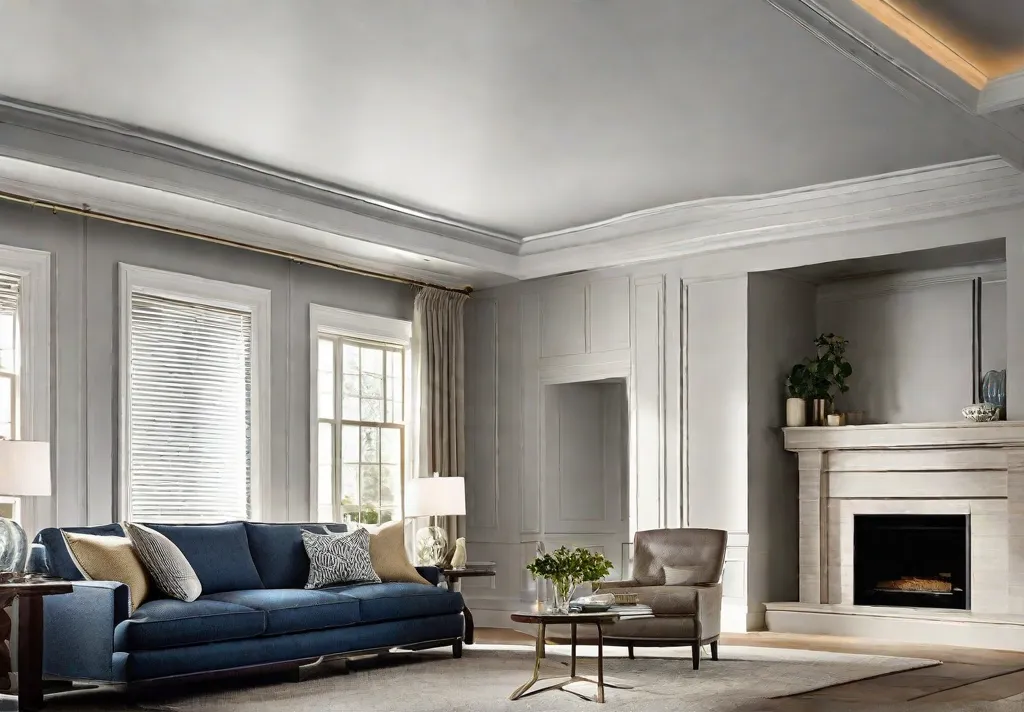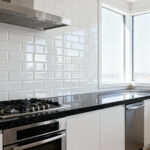A beautifully painted living room can utterly transform your home. You can create an inviting space that reflects your style and personality with a suitable color scheme, accent walls, lighting, and decorative details. As a home decorator and DIYer here in Atlanta, I’ve seen firsthand how something as simple as a fresh coat of paint can breathe new life into a tired, dated room.
In this post, I’ll share seven of my favorite easy yet impactful painting tricks to make your living room look fabulous. These budget-friendly ideas are easy for anyone to tackle on a weekend. Whether you’re a novice or a seasoned painter, you’ll discover techniques for choosing colors, adding special effects, and more to revitalize your living room with paint!
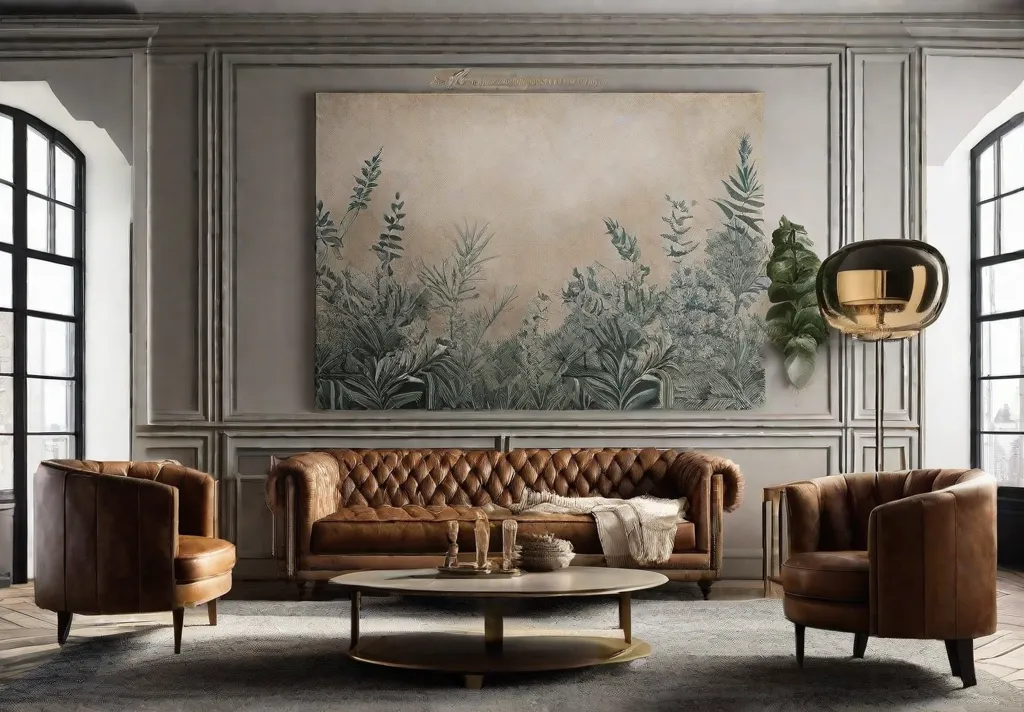
Choose a Cohesive Color Palette
Your color scheme sets the tone for the whole room. When selecting paint colors, consider the size of your space, how much natural light it gets, and what feeling you want to evoke. A soft, neutral palette lends itself well to a relaxed family room, while jewel-toned paints suggest an elegant, glamorous ambiance perfect for entertaining.
Incorporating today’s trends, earthy hues like sage green, warm terra cotta, and soothing blues inspired by nature work beautifully in living rooms. You can easily find colors to match any style by browsing through paint color cards from your local hardware store.
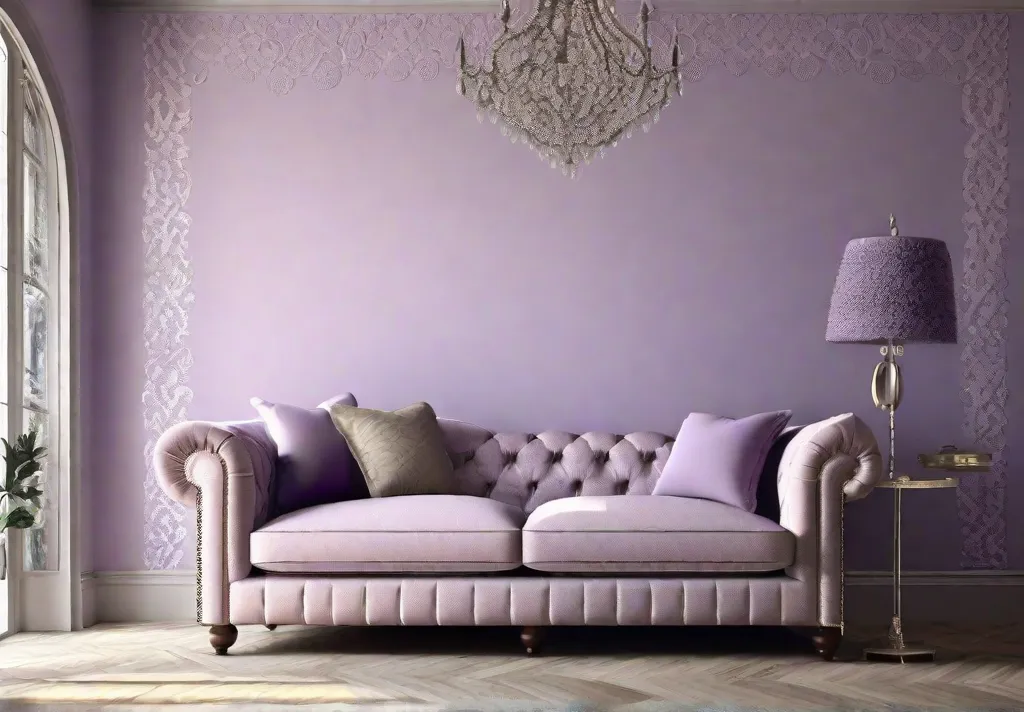
When combining colors, choose a dominant shade for your walls, then bring complementary hues through accents and décor. The key is creating balance to keep the room from feeling too busy. Coordinate your living room color scheme with adjacent spaces using shared accent tones for a harmonious look in an open-concept home.
Make a Daring Statement with an Accent Wall
One quick way to transform any living room is by adding an accent wall showcasing a bold, intense paint color or eye-catching finish. This automatically creates a focal point. Try painting the wall behind your sofa or entertainment center. Dark accent walls help anchor a room, making built-in shelves or a fireplace pop. Reflective metallic and chalkboard paints also make excellent accent wall choices that add personality.
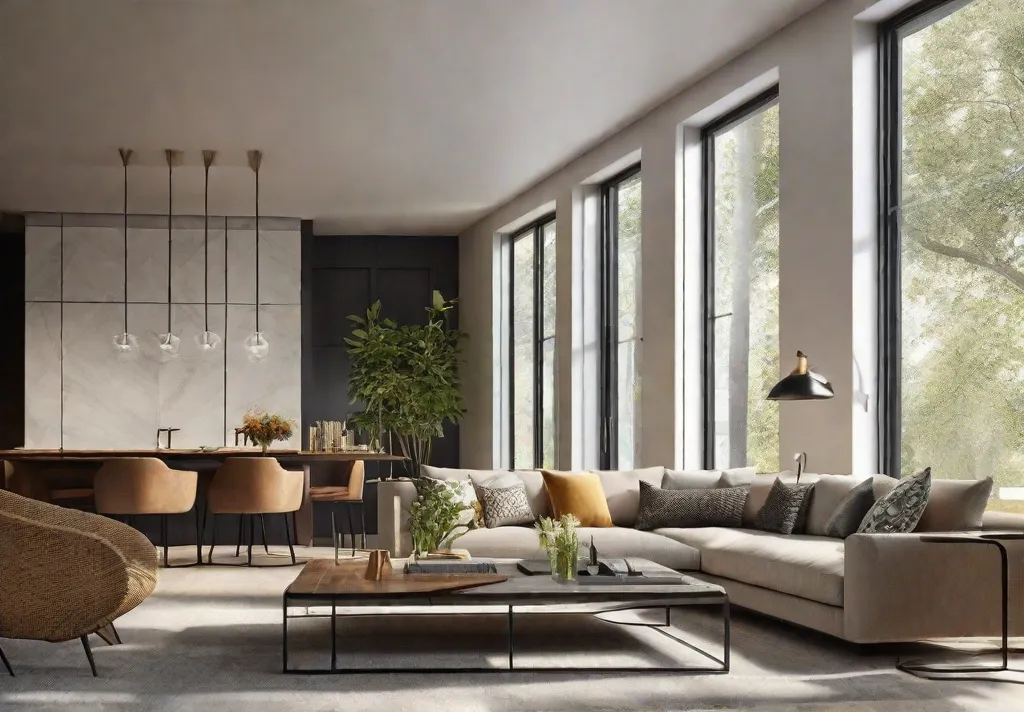
When selecting your statement-making hue, consider the wall size so the color doesn’t overwhelm. For smaller living rooms, vivid paints in citrusy tones instantly perk up the space. Just remember to tie it all together with decorations echoing the accent color throughout the rest of the room.
Incorporate Stripes for Dimension
Striped walls may seem intimidating, but painter’s tape makes the process easy! This fun update brings movement and dimension into any boxy living room. Vertical stripes draw the eye upward, making ceilings appear higher, while horizontal stripes accentuate wall length to make a narrow room feel more expansive.
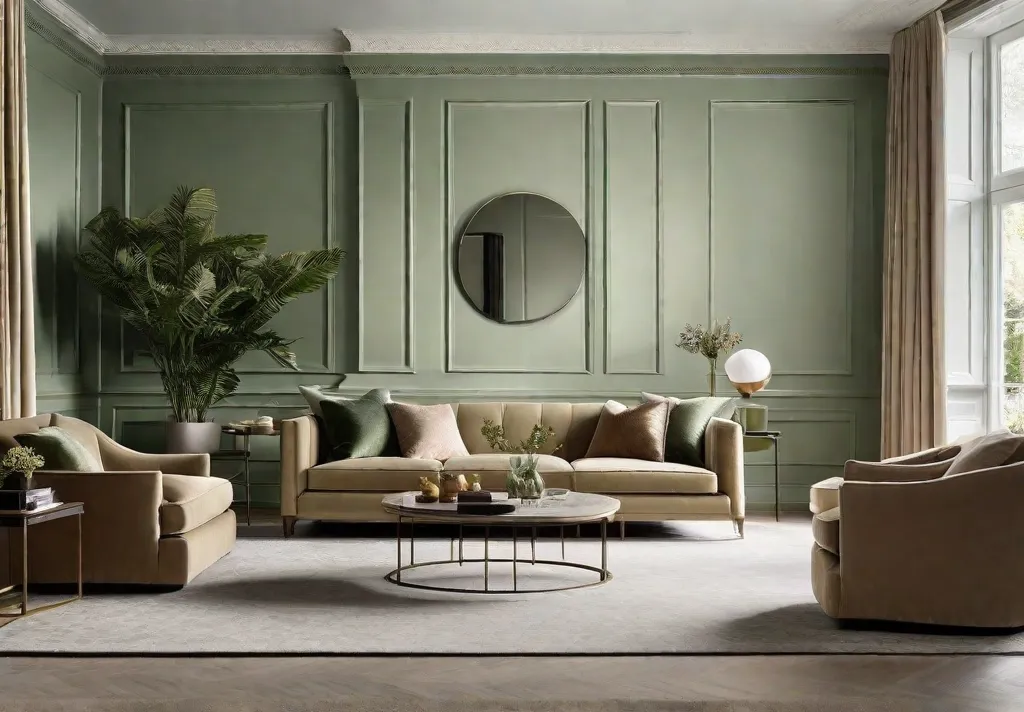
Experiment with multicolored stripes in contrasting widths and colors for a modern look. Or try classic white stripes against a dark charcoal background for some drama. Use tape to define crisp edges between hues, removing it carefully once the paint dries. Then stand back and enjoy your showstopping new striped wall!
Embrace the Textured Paint Trend
Consider textured paint techniques like rag rolling, sponging, or stippling for lots of character without a huge commitment. These add subtle, custom wall texture for visual depth and dimension with minimal effort. For a beginner-friendly learning experience, start with rag rolling. Dip large paint rags into glaze or paint colors slightly darker than your wall base hue, then twist and roll them across the surface. This creates a mottled effect resembling an Italian plaster finish.
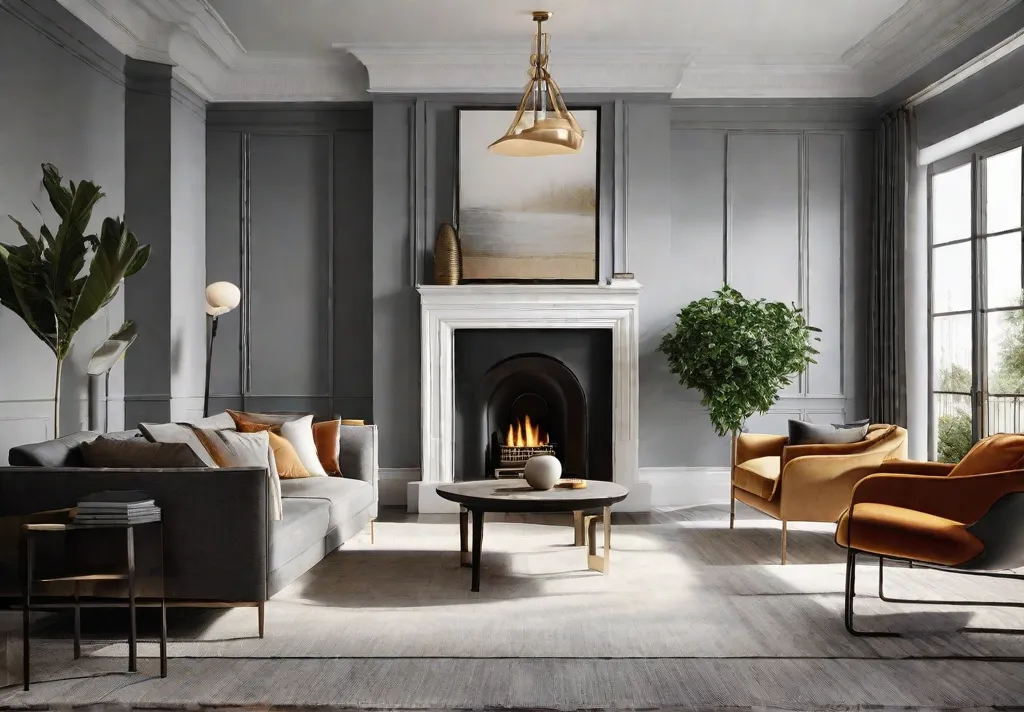
Sponging involves dabbing multiple colors over latex wall paint using irregularly shaped sponges. For a neater version, cut sponges into diamond or circle shapes. Stippling requires a stiff brush to dab specks of paint onto the wall. Try it on one accent wall for some subtle yet striking texture. You’ll be texturing those living room walls with some practice like a pro!
Use Paneling to Define Spaces
The living room, dining room, and kitchen in open-floor plan homes share a continuous space. While this is excellent for entertaining, it can pose decoration challenges. Sometimes, it helps to partition different activity zones visually. Here’s where decorative wall paneling is handy for defining rooms without totally closing them off.
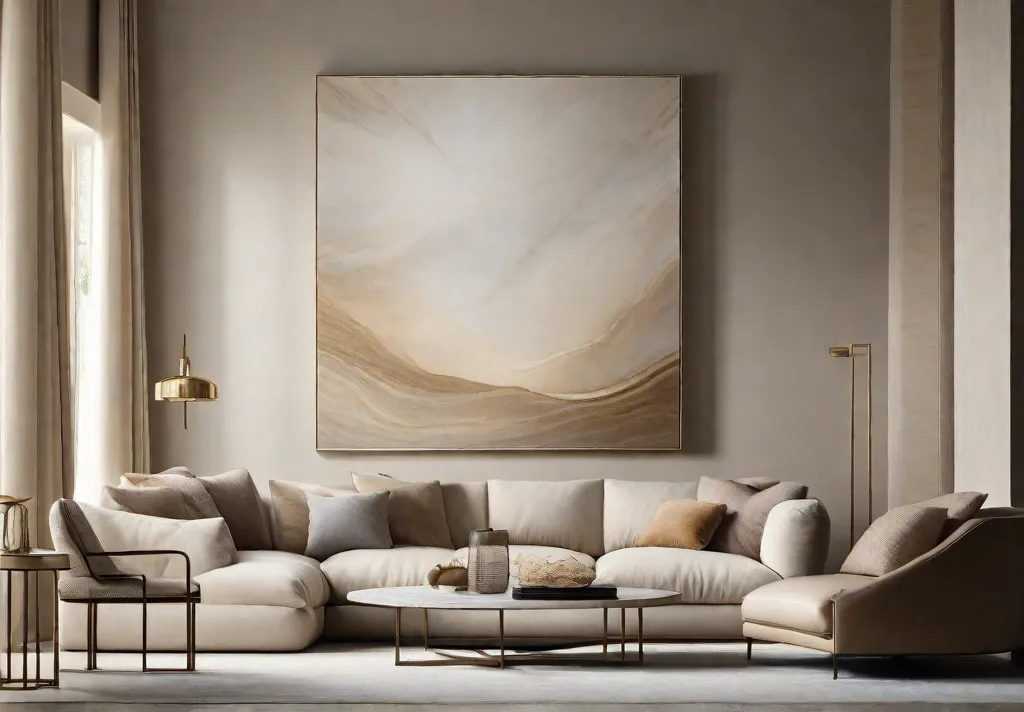
Install faux tongue-and-groove boards painted in contrasting tones for a built-in look without complex carpentry. Crisp white plank walls pop against navy dining room walls, for instance. Or define the living room side using weathered wood panels against exposed brick behind the kitchen stove. Paint, stain finishes, and contemporary materials like glossy laminate or frosted glass panels offer endless options for divide-and-conquer style.
Showcase Your Treasures Gallery-Style
Beyond just showcasing your fine art, gallery walls create a pretty frame for beloved keepsakes. Follow basic principles like hanging clusters of similarly sized items close together with frames touching. Combining paintings, prints, photos, and mirrors builds visual interest through contrasting colors, sizes, shapes, and textures.
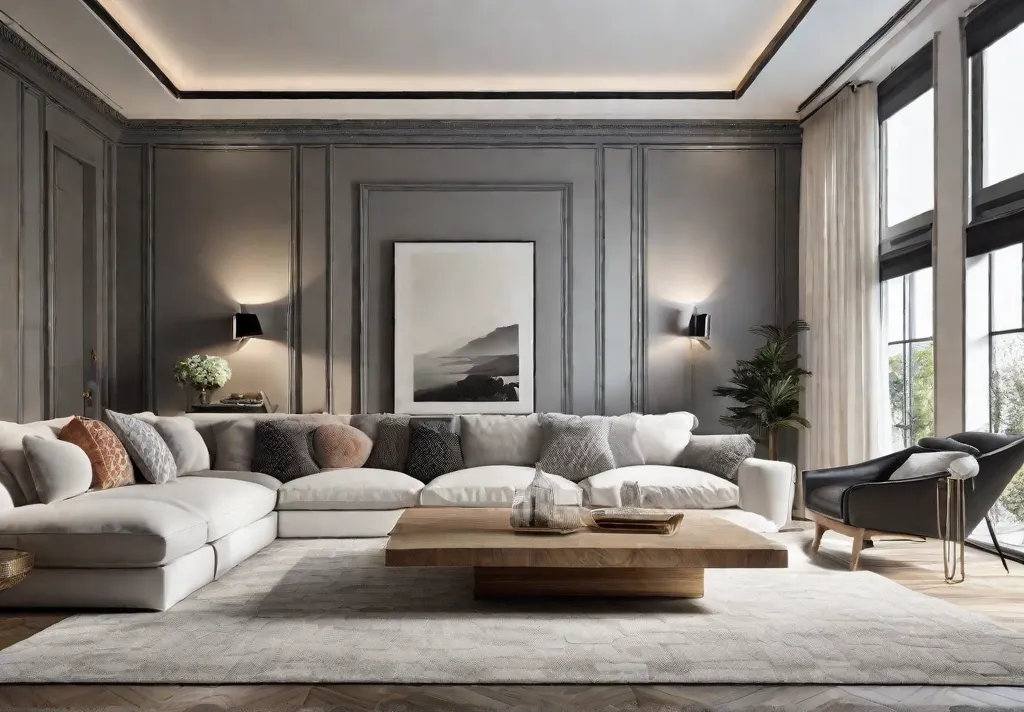
When designing your living room’s gallery arrangement, start by identifying the collection’s centerpiece, then work outward to symmetrically balance smaller items around it. Hang items at eye level and use temporary sticky putty to rearrange pieces until you achieve the perfect composition. The result becomes a reflection of your life’s memories!
Define Spaces with Color Blocking
For a contemporary spin, color-blocking your walls decentralizes traditional living rooms dominated by matching uniform walls. This style defines functional zones like seating areas through square and rectangular paint blocks in contrasting colors. Leave negative space between paint blocks to avoid overwhelming the room.
A bright poppy red may indicate a kids’ play nook, while an excellent grayish blue suggests quiet adult relaxation zones for reading. Paint inside molding rather than removing it so color blocks appear framed. Incorporate metallic paints or reflective finishes in your custom color-blocking scheme for extra elegance. The result injects bold personality into ordinary boxy living rooms.
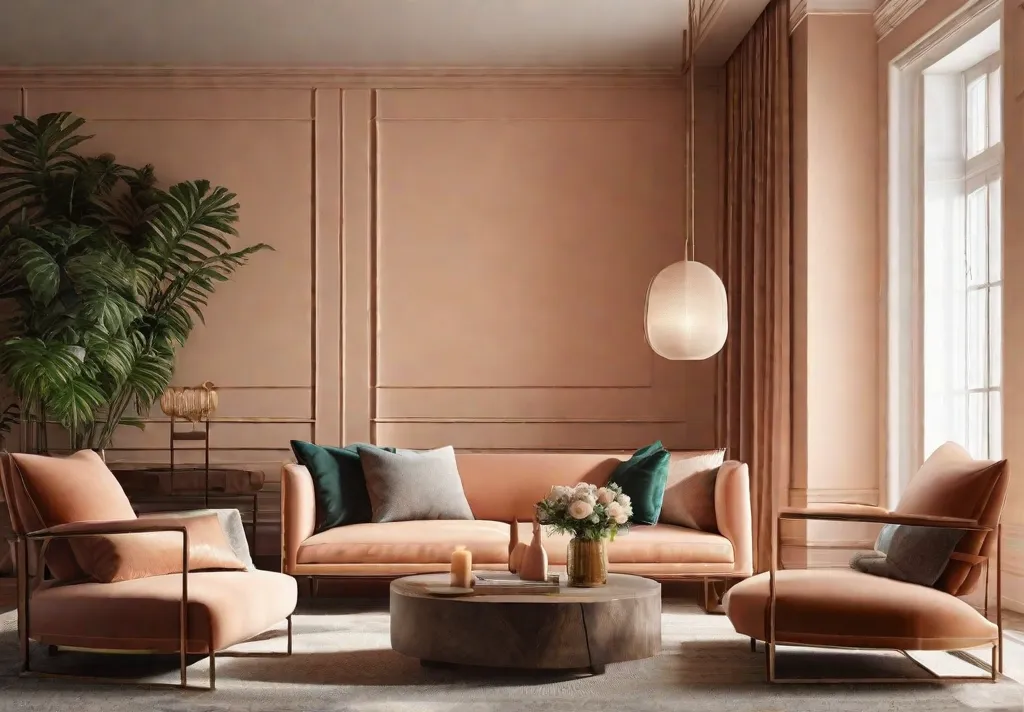
You don’t need professional painting skills to give your living room walls a new look! With creativity and these easy DIY painting tricks, you can quickly transform your space from basic to beautiful. Choose colors and textures reflecting your personality, then watch your home emerge with a stylish interior begging to be shown to guests.
What painting techniques appeal to you for your next living room revamp? Have you already attempted any of these painting tricks at home? Please share your color schemes, wall textures, or sources of painting inspiration in the comments below!
